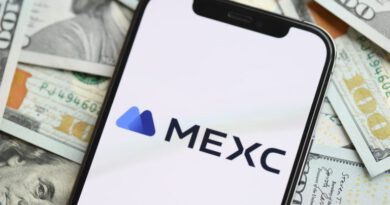Cross margin and isolated margin in crypto trading, explained


Cross-margin trading is a risk management tactic in cryptocurrency trading whereby traders utilize the whole balance of their accounts as collateral for their open positions.
Using account balance as collateral implies that the entire amount of the account is at risk in order to cover future trading losses.Cross margining makes higher leverage possible, allowing traders to open larger positions with less money. It bears more risk but prevents individual position liquidation by acting as a buffer with the account balance.
To reduce risk, margin calls may be made, and traders must carefully monitor their positions and put stop-loss orders in place to limit losses. For seasoned traders, cross margining is a potent strategy, but it should be utilized with caution and a solid risk management plan. Novices and those with little prior trading experience should completely understand the platform’s margin rules and policies.
How cross margin is used in crypto trading
To understand how cross-margin trading works, let’s consider a scenario where Bob, a trader, chooses cross margining as his risk management strategy with $10,000 in his account. This trading strategy involves using the whole balance of his account as security for open trades.
Bob chooses to go long when Bitcoin (BTC) is trading at $40,000 per BTC and buys 2 BTC using 10x leverage, giving him control over a 20 BTC position. However, it is important to note that he is using the first $10,000 as collateral.
Fortunately, the price of Bitcoin soars to $45,000 per BTC, making his 2 BTC worth $90,000. Bob chooses to lock in his profits and sell his two BTC at this higher price. As a result, he ends up with $100,000 in his account — $10,000 at the start plus the $90,000 profit.
However, if the price of Bitcoin had dropped significantly, let’s say to $35,000 per BTC, Bob’s 2 BTC position would now be worth $70,000. Sadly, in this instance, Bob’s account balance would not be enough to offset the losses brought on by the declining price.
The position would have been secured with his initial $10,000 in collateral, but he would now have an unrealized loss of $30,000 (the difference between the purchase price of $40,000 and the current value of $35,000 per BTC). Bob would be in a precarious situation with no more money in his account.
In many cryptocurrency trading platforms, a margin call could happen if the losses are greater than the available collateral. A margin call is a request made by the exchange or broker that the trader deposits more money to offset losses or shrink the size of their position. To prevent future losses, the exchange might automatically close a portion of Bob’s position if he couldn’t fulfill the margin call requirements.



